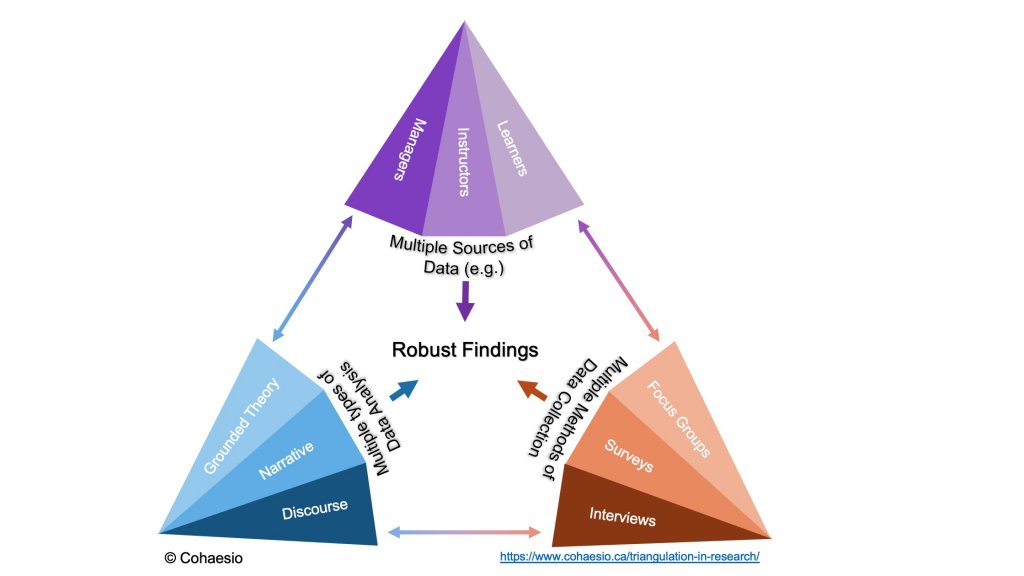Ureteral Stents Market Size & CAGR
The Ureteral Stents market size is projected to reach USD 789 million by 2023, with a Compound Annual Growth Rate (CAGR) of 5.2% from 2023 to 2030. The increasing prevalence of kidney stones, urinary tract infections, and other urological disorders is driving the demand for ureteral stents globally. The market is expected to witness steady growth over the forecast period due to advancements in minimally invasive procedures and the rising geriatric population.
COVID-19 Impact on the Ureteral Stents Market
The COVID-19 pandemic has had a moderate impact on the ureteral stents market. While the initial phase of the pandemic led to disruptions in the supply chain and elective procedures, the market quickly recovered as healthcare facilities resumed normal operations. The adoption of telemedicine and remote monitoring solutions also contributed to the market's resilience during the pandemic. Moving forward, the market is expected to witness an increased focus on infection control measures and patient safety.
Ureteral Stents Market Dynamics
The Ureteral Stents market is characterized by factors such as technological advancements in stent materials, increasing prevalence of urological disorders, and the growing preference for minimally invasive procedures. The market is driven by the rising demand for urinary stents in both outpatient and inpatient settings, as well as the expanding geriatric population. However, challenges such as the risk of stent-related complications and the need for better reimbursement policies may hinder market growth.
Segments and Related Analysis of the Ureteral Stents Market
The Ureteral Stents market can be segmented based on product type, material, end-user, and region. Product segments include traditional stents, drug-eluting stents, and hybrid stents. Material segments encompass silicone, metal, and polymer stents. End-users of ureteral stents include hospitals, ambulatory surgical centers, and specialty clinics. Regional analysis allows for a deeper understanding of market trends and opportunities across different geographies.
Ureteral Stents Market Analysis Report by Region
Asia Pacific Ureteral Stents Market Report
The Asia Pacific region is anticipated to witness significant growth in the ureteral stents market due to the increasing prevalence of urological disorders, improving healthcare infrastructure, and rising healthcare expenditure. Countries like China, India, and Japan are expected to drive market growth with a focus on technological advancements and minimally invasive procedures.
South America Ureteral Stents Market Report
South America's ureteral stents market is influenced by factors such as the prevalence of kidney stones, healthcare reforms, and increasing awareness about urological disorders. Countries like Brazil and Argentina are key markets in the region, with a growing emphasis on patient-centric care and advanced treatment options.
North America Ureteral Stents Market Report
North America holds a significant share in the ureteral stents market due to factors such as the high prevalence of urinary tract infections, well-established healthcare infrastructure, and technological advancements in healthcare. The United States and Canada are key markets in the region, with a focus on research and development in urological treatments.
Europe Ureteral Stents Market Report
Europe's ureteral stents market is driven by factors such as the aging population, increasing healthcare spending, and the adoption of advanced medical technologies. Countries like Germany, France, and the United Kingdom are key players in the market, with a strong emphasis on patient safety and quality of care.
Middle East and Africa Ureteral Stents Market Report
The Middle East and Africa region are expected to witness growth in the ureteral stents market due to factors such as the increasing prevalence of kidney stones, rising healthcare investments, and the development of healthcare infrastructure. Countries like Saudi Arabia, UAE, and South Africa are key markets in the region, with a focus on expanding access to quality healthcare services.
Ureteral Stents Market Analysis Report by Technology
The Ureteral Stents market can be segmented based on technology, including traditional stents, drug-eluting stents, bioabsorbable stents, and others. Technological advancements in stent materials and design are driving innovations in the market, offering improved patient outcomes and reduced risk of complications.
Ureteral Stents Market Analysis Report by Product
Product segments in the Ureteral Stents market include silicone stents, metal stents, polymer stents, and hybrid stents. Each product type offers unique benefits in terms of biocompatibility, ease of insertion, and durability, catering to the diverse needs of patients and healthcare providers.
Ureteral Stents Market Analysis Report by Application
Applications of ureteral stents include treating kidney stones, urinary tract infections, ureteral strictures, and other urological conditions. The increasing prevalence of these disorders, coupled with advancements in medical technology, is driving the demand for ureteral stents in various clinical settings.
Ureteral Stents Market Analysis Report by End-User
End-users of ureteral stents include hospitals, ambulatory surgical centers, specialty clinics, and others. Healthcare providers across different settings rely on ureteral stents for the management of urological disorders and post-operative care, contributing to the market's growth and expansion.
Key Growth Drivers and Key Market Players of Ureteral Stents Market and Competitive Landscape
Key players in the Ureteral Stents market include: - Boston Scientific Corporation - Cook Medical - C.R. Bard, Inc. (Becton, Dickinson and Company) - Olympus Corporation - Teleflex Incorporated - CONMED Corporation - Merit Medical Systems, Inc. - Cardinal Health, Inc. - Allium Medical Solutions Ltd. - MED-Pro Inc.
Ureteral Stents Market Trends and Future Forecast
The Ureteral Stents market is poised for continued growth due to factors such as technological advancements, increasing prevalence of urological disorders, and the growing demand for minimally invasive procedures. Future trends in the market may include the development of biodegradable stents, personalized treatment options, and the integration of digital health technologies to enhance patient care.
Recent Happenings in the Ureteral Stents Market
- Boston Scientific Corporation announced the launch of its next-generation ureteral stent designed to improve patient comfort and reduce the risk of complications. - Cook Medical received FDA approval for its innovative drug-eluting stent for the treatment of ureteral strictures, expanding the company's product portfolio in the urology segment. - C.R. Bard, Inc. (Becton, Dickinson and Company) introduced a line of hybrid ureteral stents with advanced features for enhanced patient outcomes and clinical efficacy.



